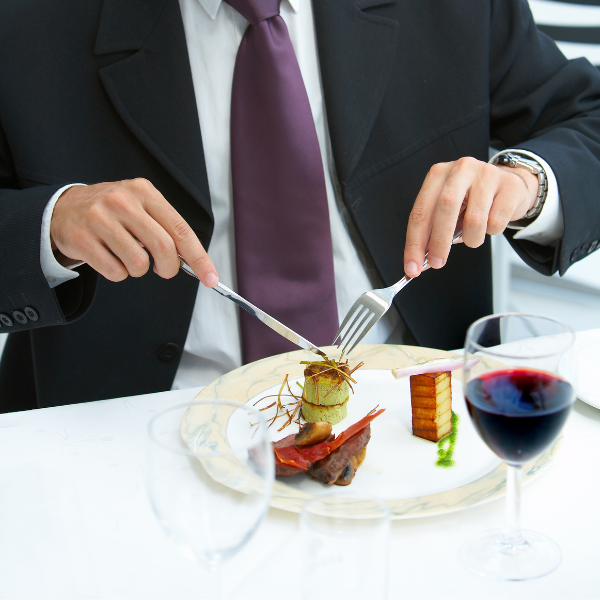The wine industry is experiencing a notable shift in packaging preferences, with plastic bottles gaining popularity as an alternative to traditional glass. This trend is driven by factors such as cost efficiency and consumer convenience.
According to a study by Wine Anorak, plastic wine bottles have been shown to reduce carbon emissions by up to 50% compared to glass bottles. Additionally, industry players such as Garçon Wines and Accolade Wines have successfully launched PET wine bottles, showcasing their commitment to sustainable packaging solutions.

Why This Could Work
Lighter Material Cuts Shipping Costs
Plastic bottles, particularly those made from polyethylene terephthalate (PET), are significantly lighter than glass, weighing approximately one-eighth as much. The same study by Wine Anorak noted that a 750ml PET wine bottle typically weighs around 50 grams, whereas a traditional glass bottle weighs about 400 grams. This drastic reduction in weight not only lowers transportation costs but also decreases the carbon footprint associated with shipping. Additionally, the unbreakable nature of plastic enhances safety and portability, making it an attractive option for various settings.
Competitive Pricing Possibility
Plastic bottles are less expensive to produce than glass, offering cost savings for both manufacturers and consumers. The reduced weight also means lower shipping costs, which can translate to more competitively priced products on the market. For example, winemakers using PET packaging have reported a 20-30% reduction in transportation expenses compared to glass. Flat Wine and The Packamama Project have leveraged PET bottles to provide cost-effective and eco-friendly packaging.
Challenges And Considerations
While plastic bottles offer multiple advantages, there are some drawbacks to consider. Issues such as consumer perception, regulatory challenges, and material limitations must be addressed for wider adoption in the industry. Additionally, sustainability concerns regarding plastic waste and recycling processes remain key factors in the ongoing debate over their use.
Shelf Life And Quality
One of the primary concerns with plastic wine bottles is their permeability to oxygen, which can affect the wine's shelf life and quality. Studies suggest that wine in plastic bottles may have a shorter shelf life compared to glass, making them more suitable for wines intended for early consumption. Research from Wine Intelligence indicates that PET wine bottles are best used for wines meant to be consumed within 12-24 months of production. Additionally, Australian winemaker Taylors Wines has tested PET bottles with oxygen scavengers to enhance shelf life.
Consumer Perception
Despite the practical benefits, some consumers associate plastic packaging with lower-quality products. This perception can influence purchasing decisions, especially among traditional wine enthusiasts who value the aesthetics and heritage of glass bottles.
Addressing these concerns through branding, packaging design, and education will be essential in changing market attitudes. For instance, some premium brands have successfully introduced PET packaging with elegant labeling and reinforced messaging about sustainability to appeal to eco-conscious consumers. Companies like Packamama and Frugalpac have developed innovative designs to enhance the appeal of plastic wine bottles.
The shift towards plastic wine bottles reflects a broader movement in the industry to adopt sustainable, cost-effective, and consumer-friendly packaging solutions. While challenges such as shelf life and consumer perception persist, ongoing innovations and a growing emphasis on environmental responsibility suggest that plastic wine bottles will continue to play a significant role in the future of wine packaging.






